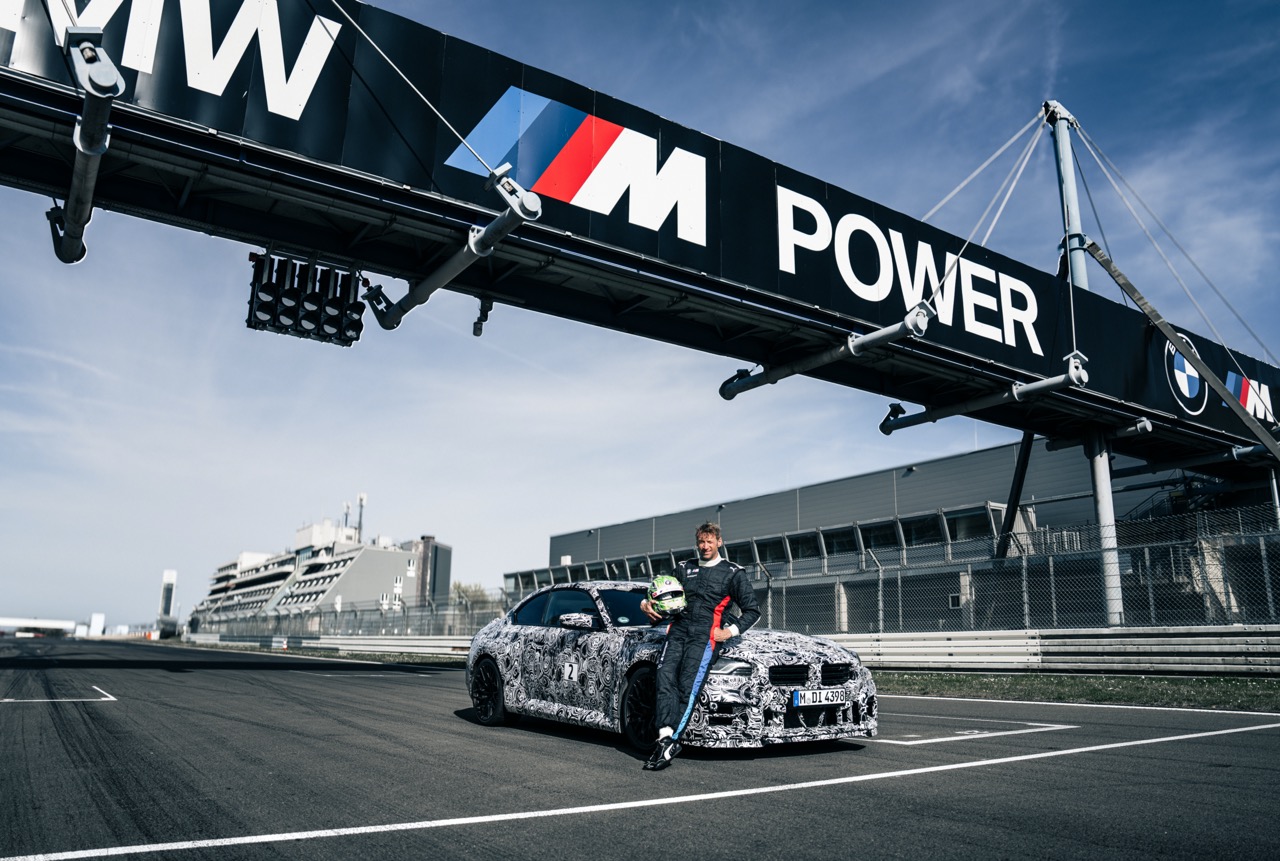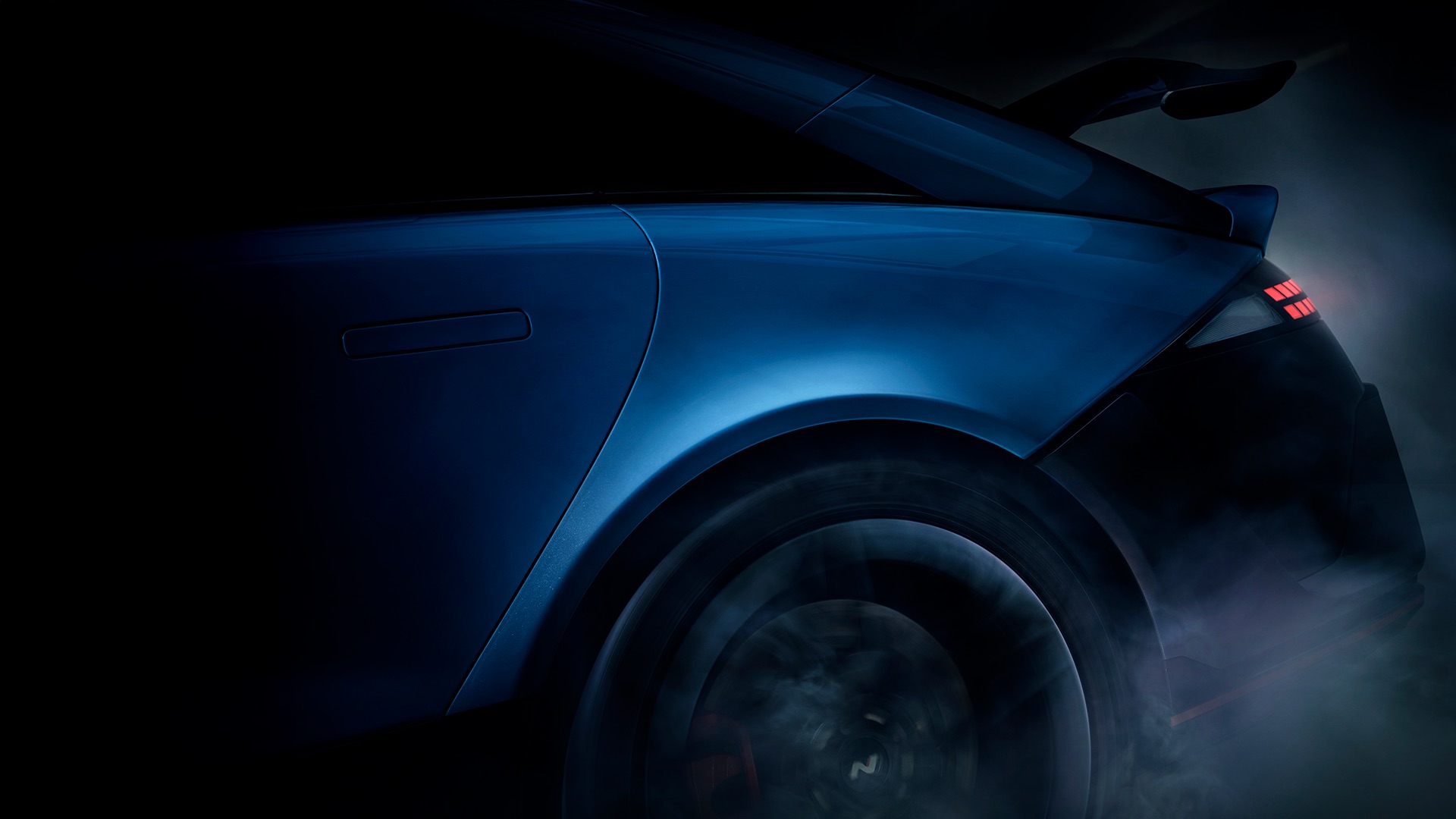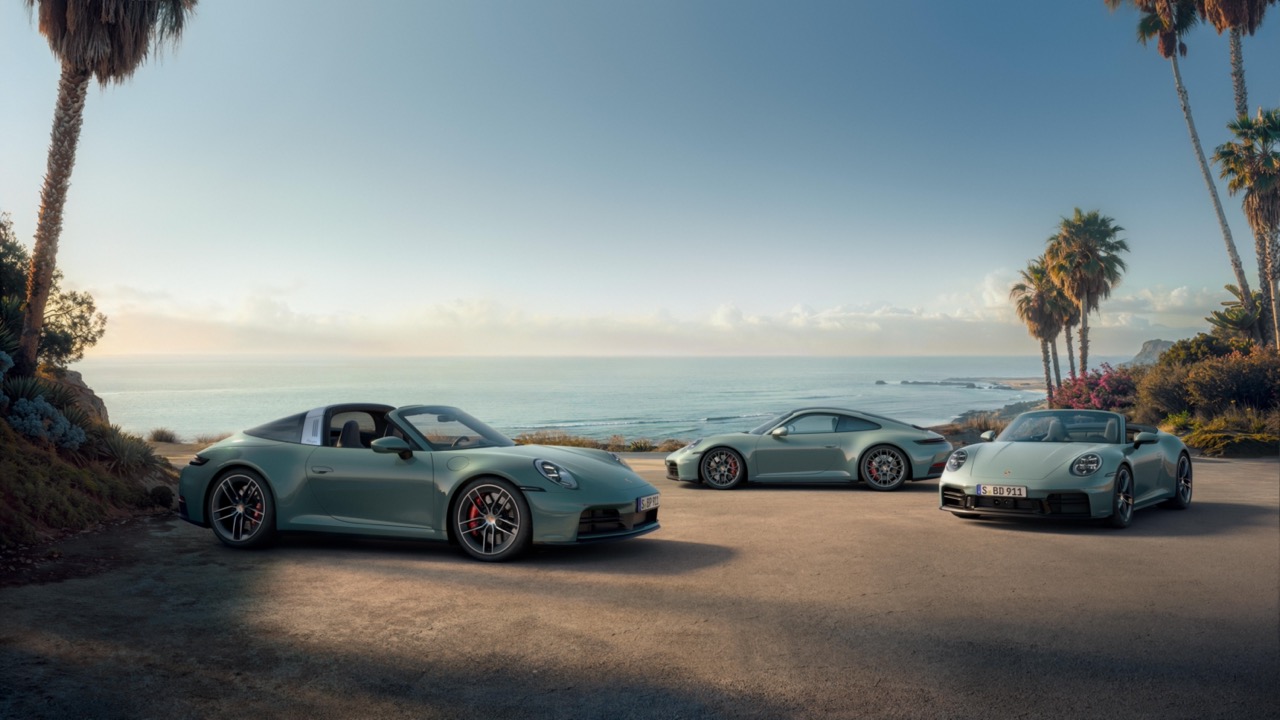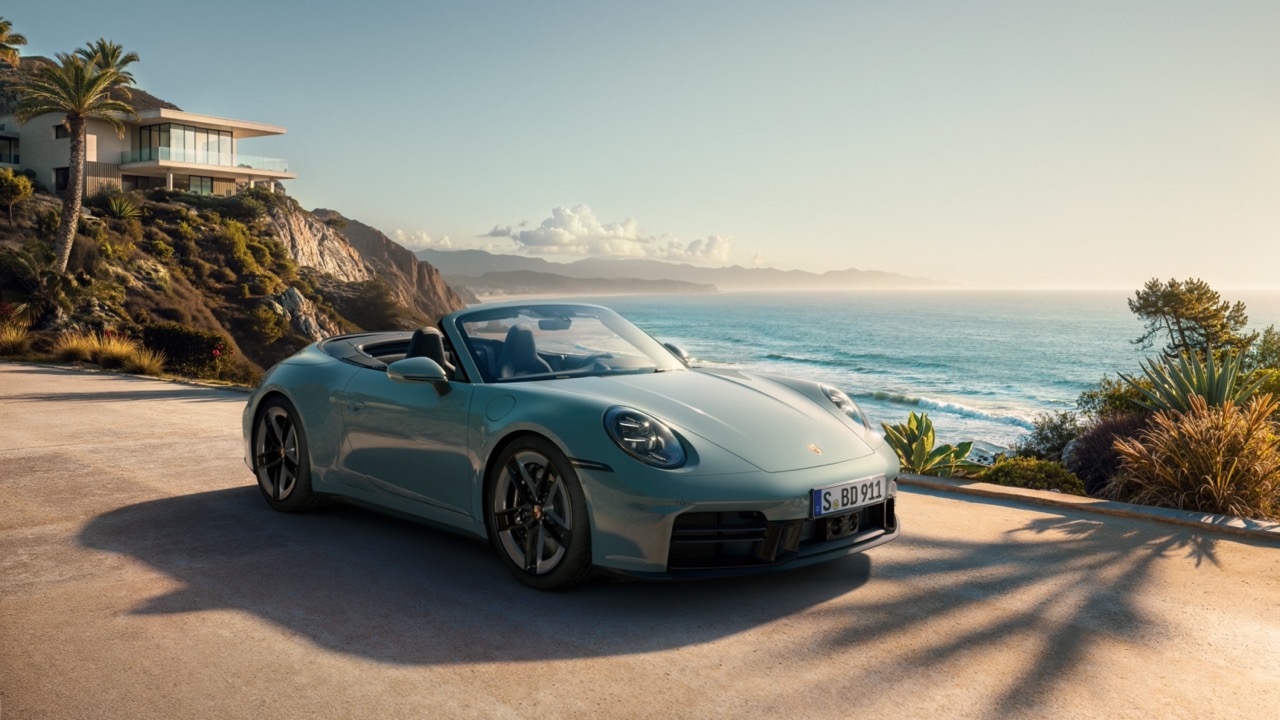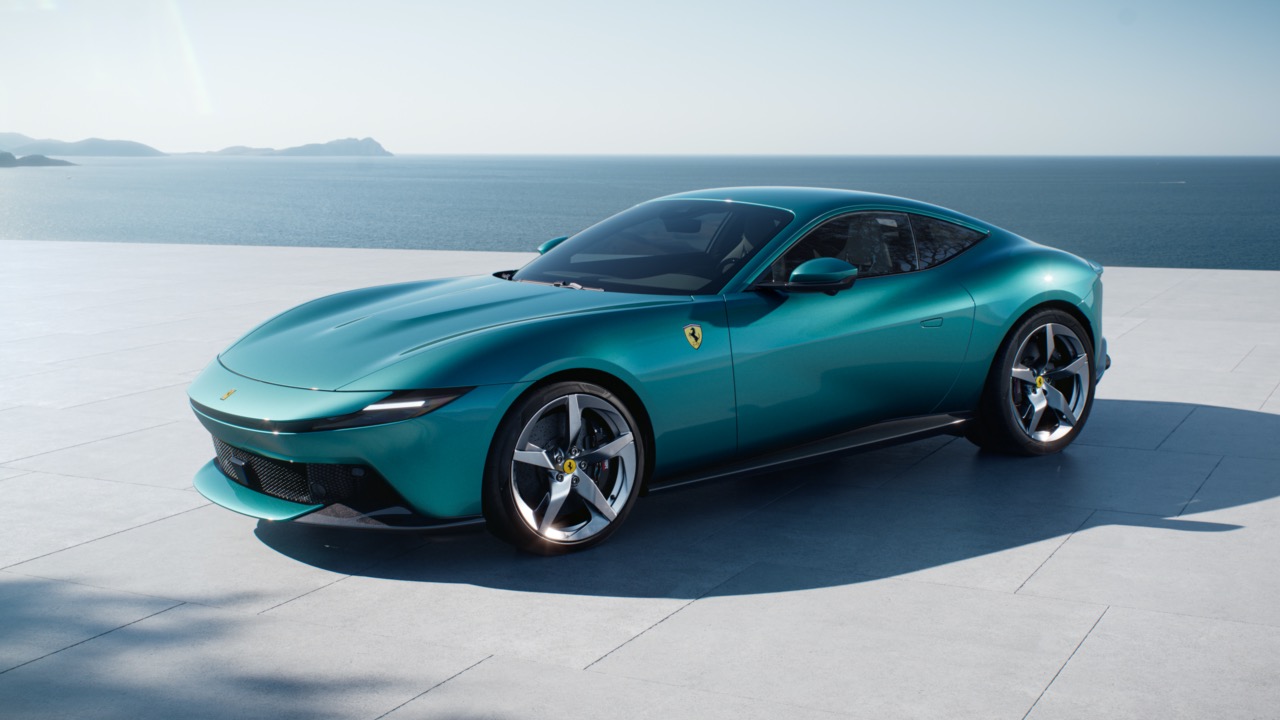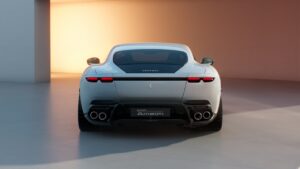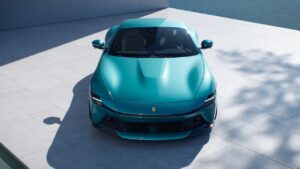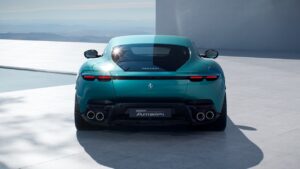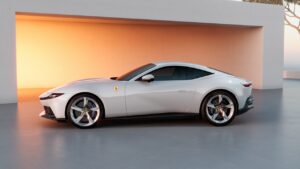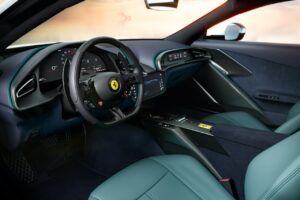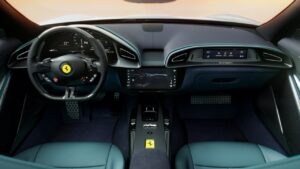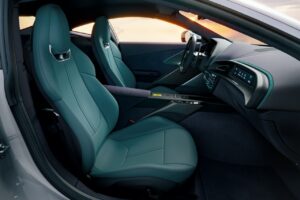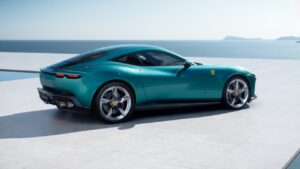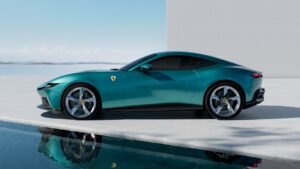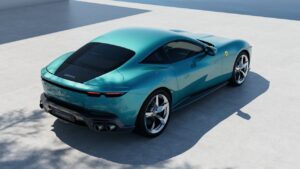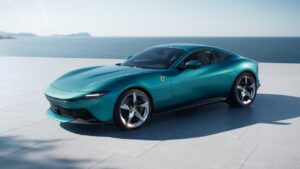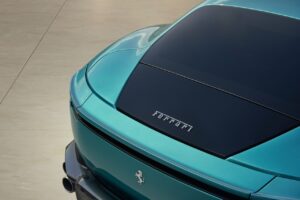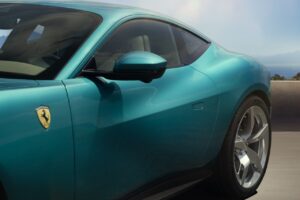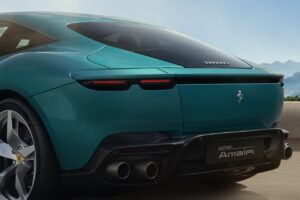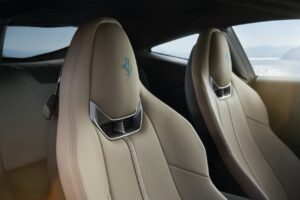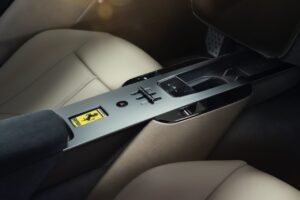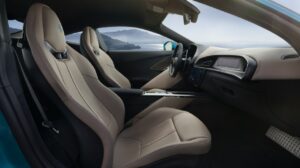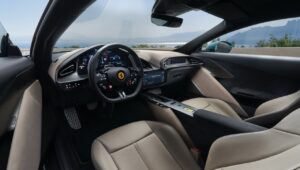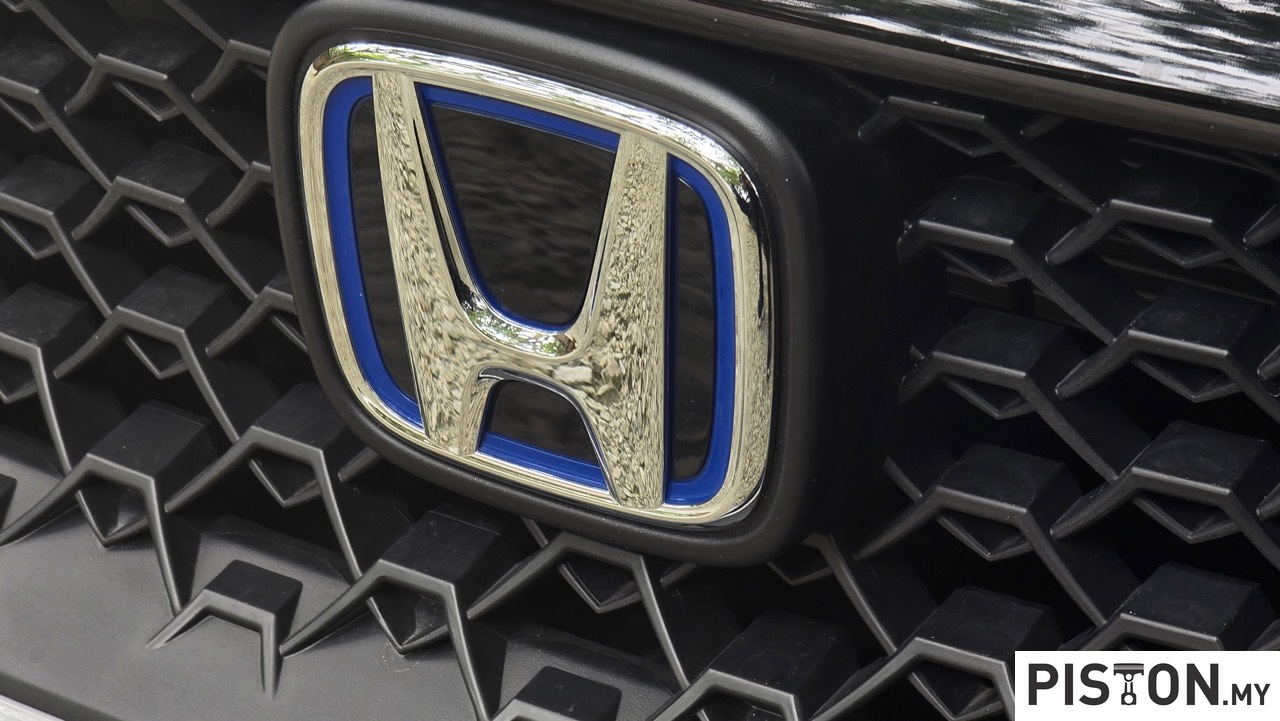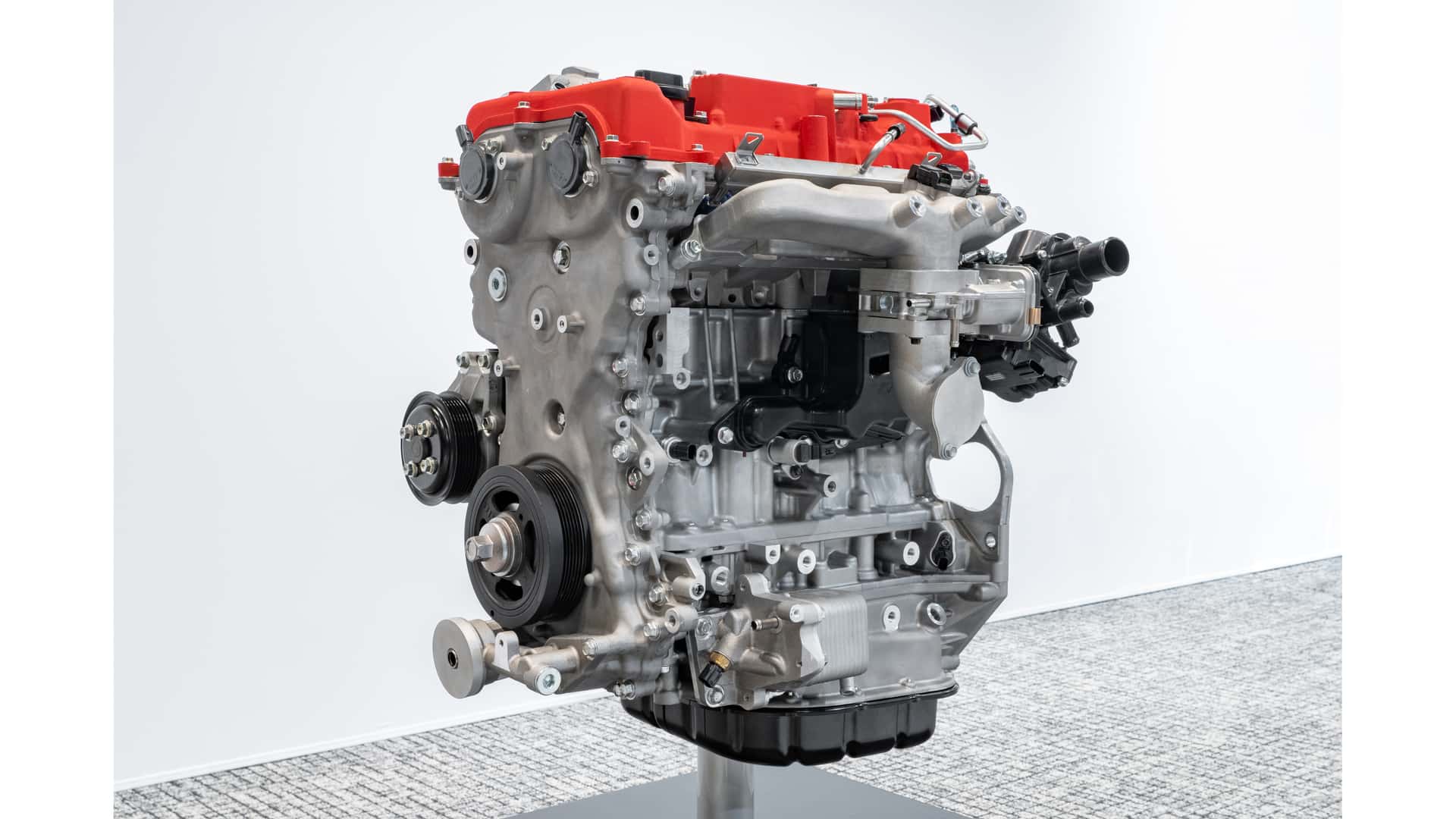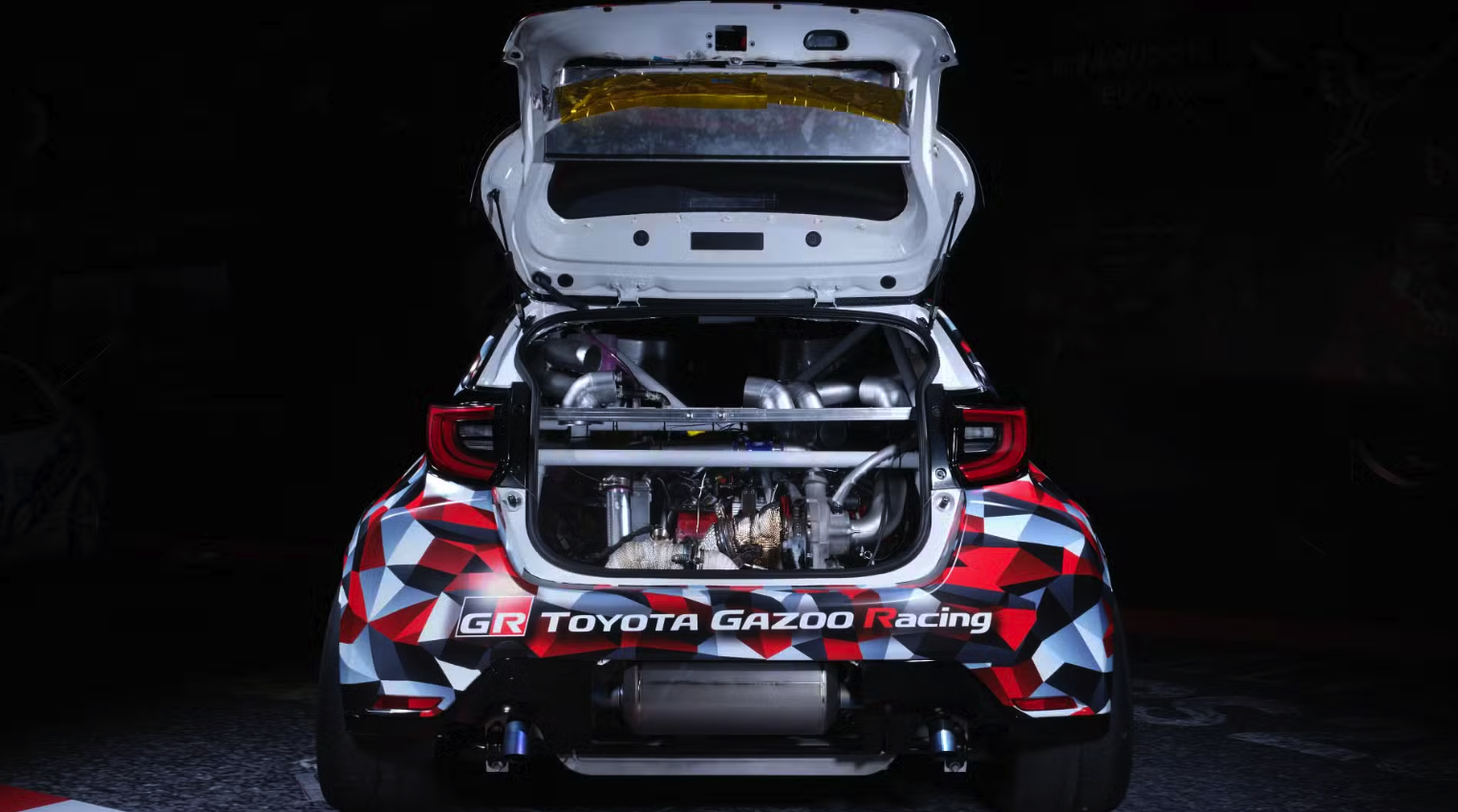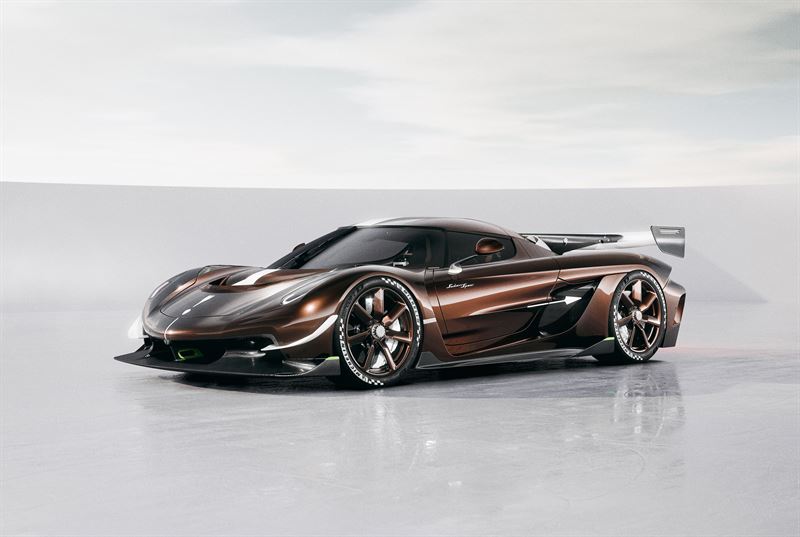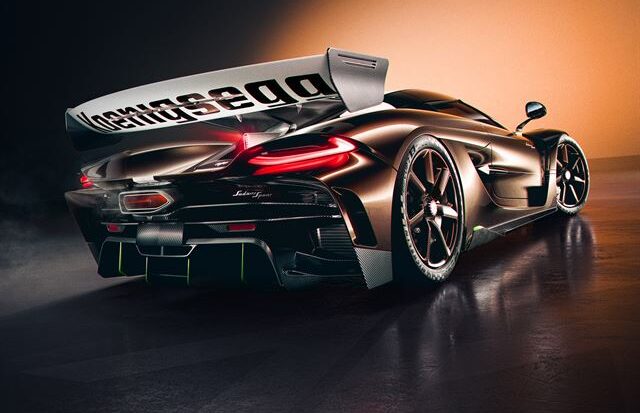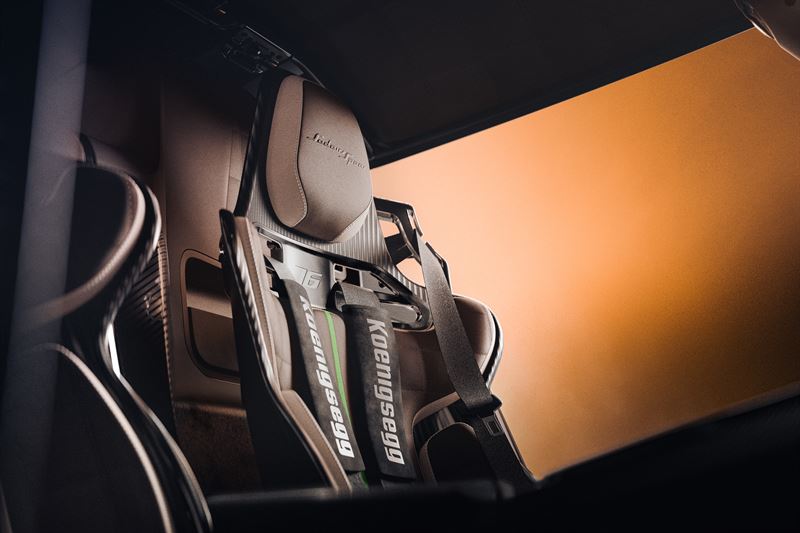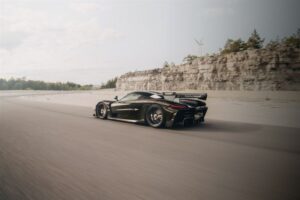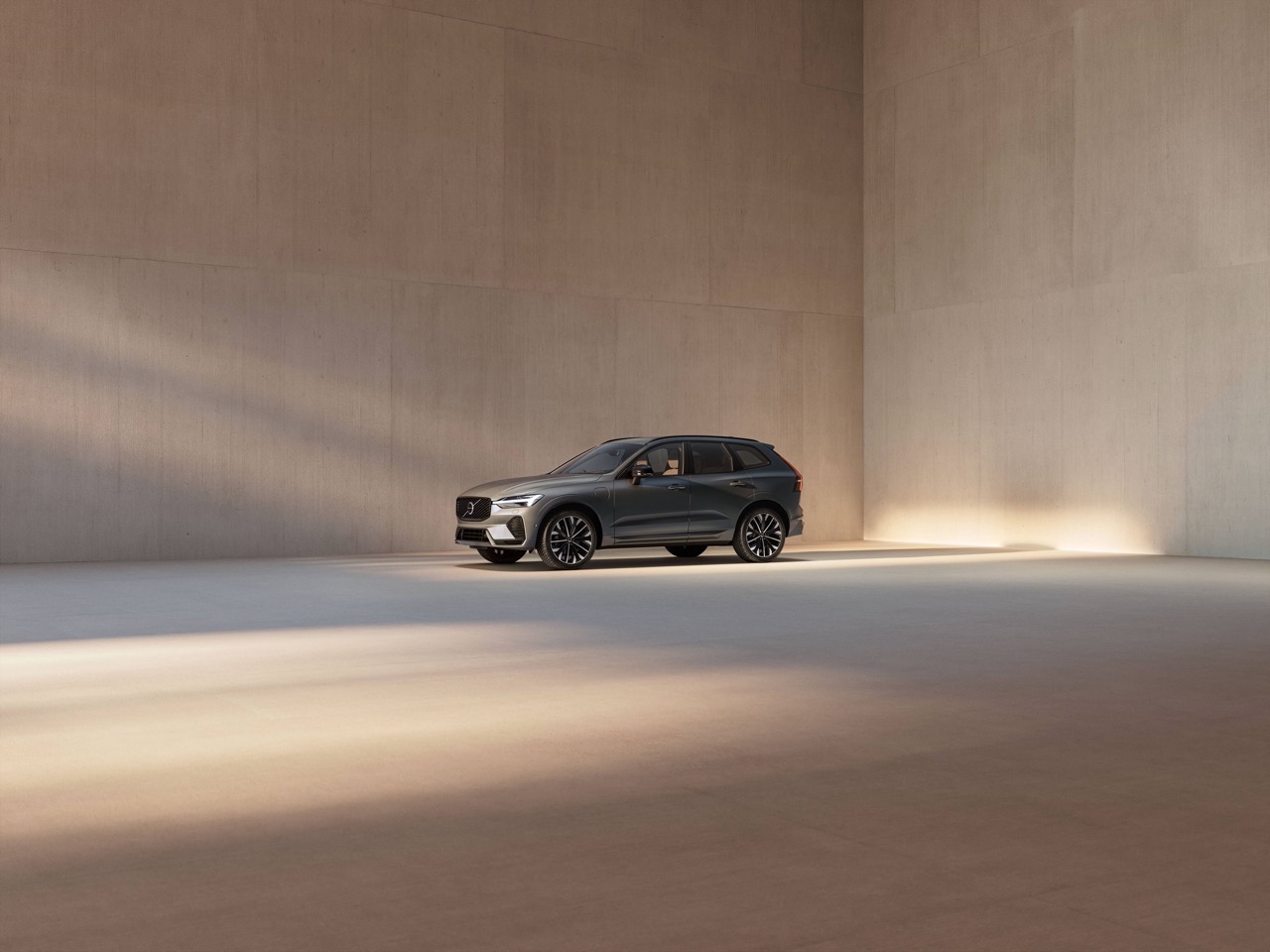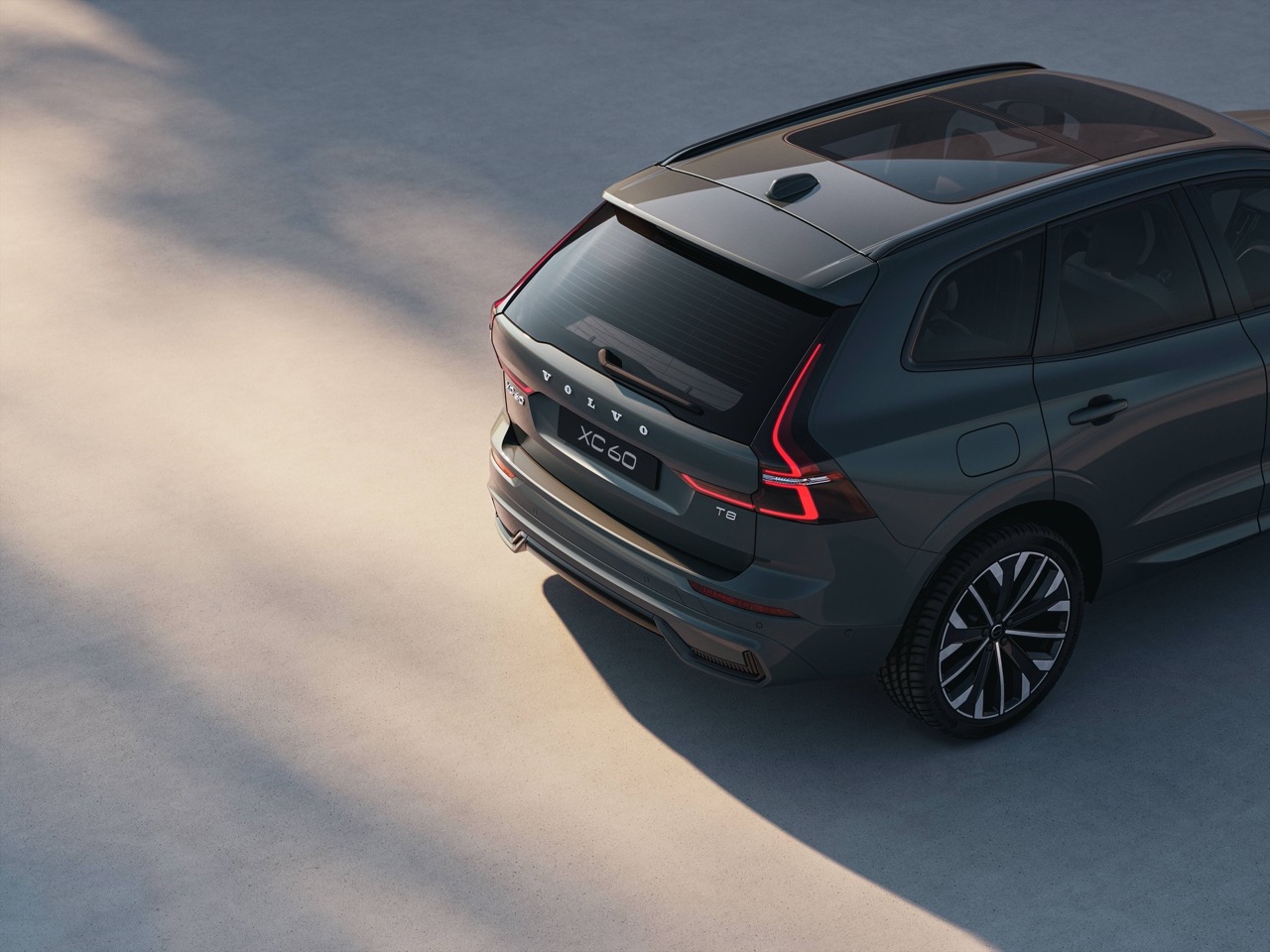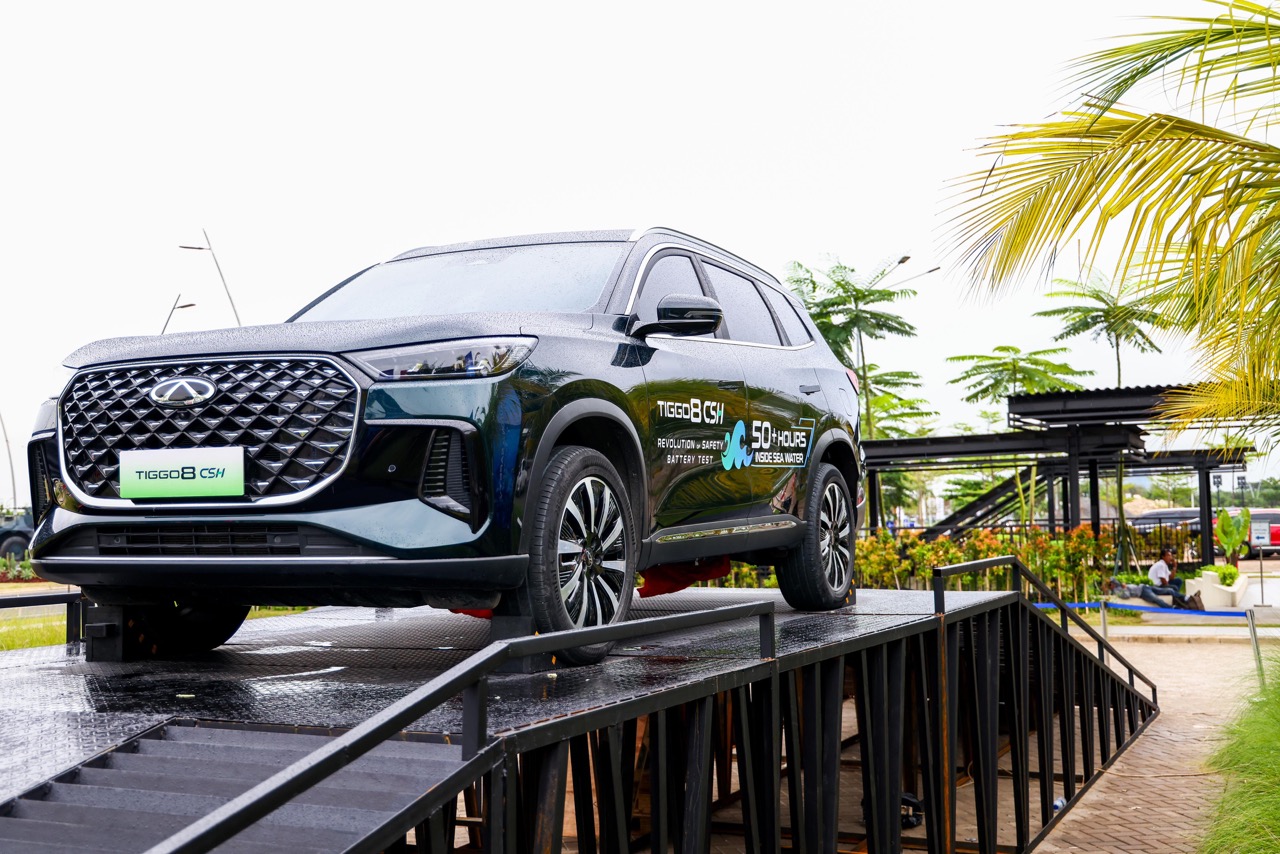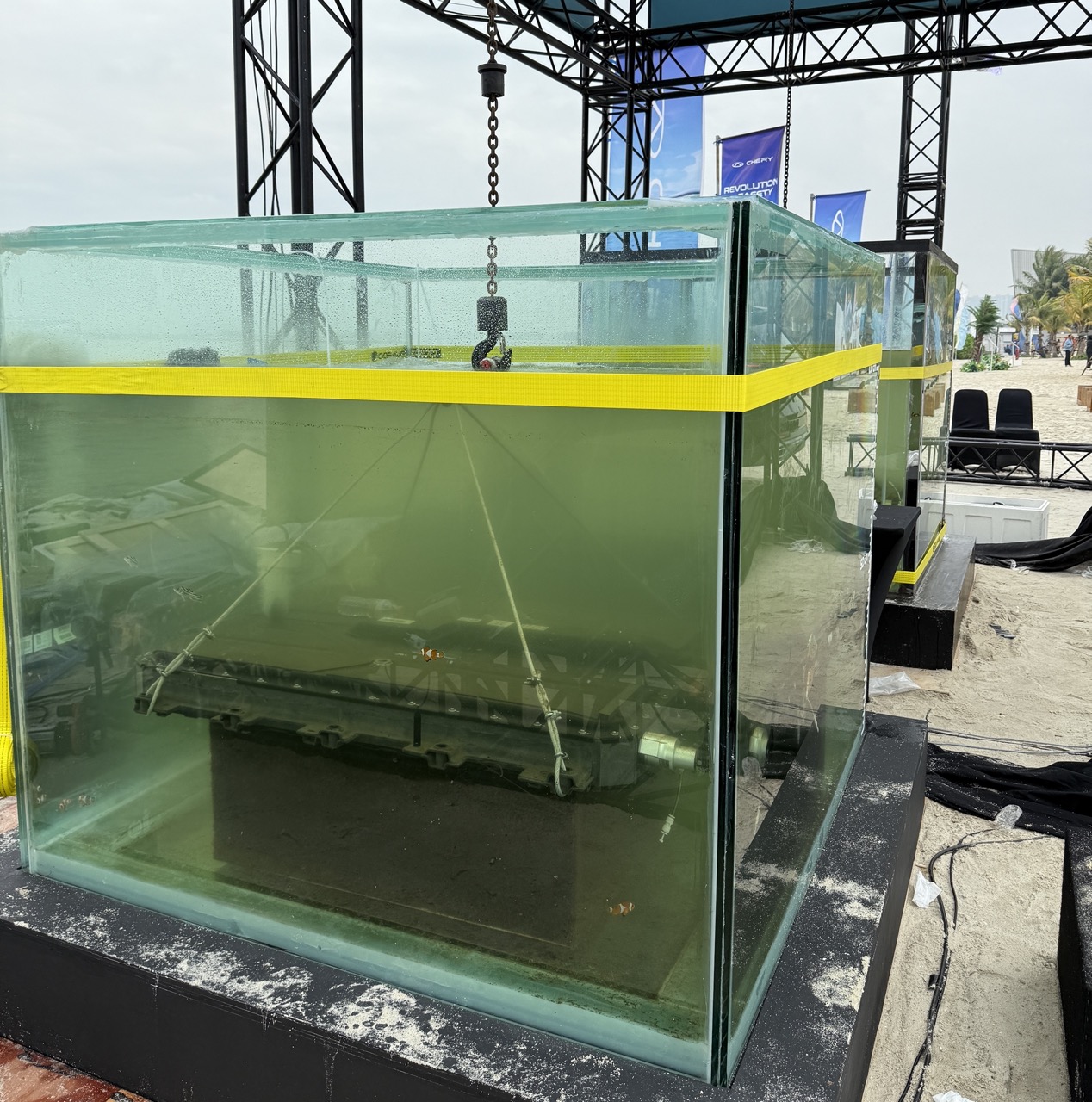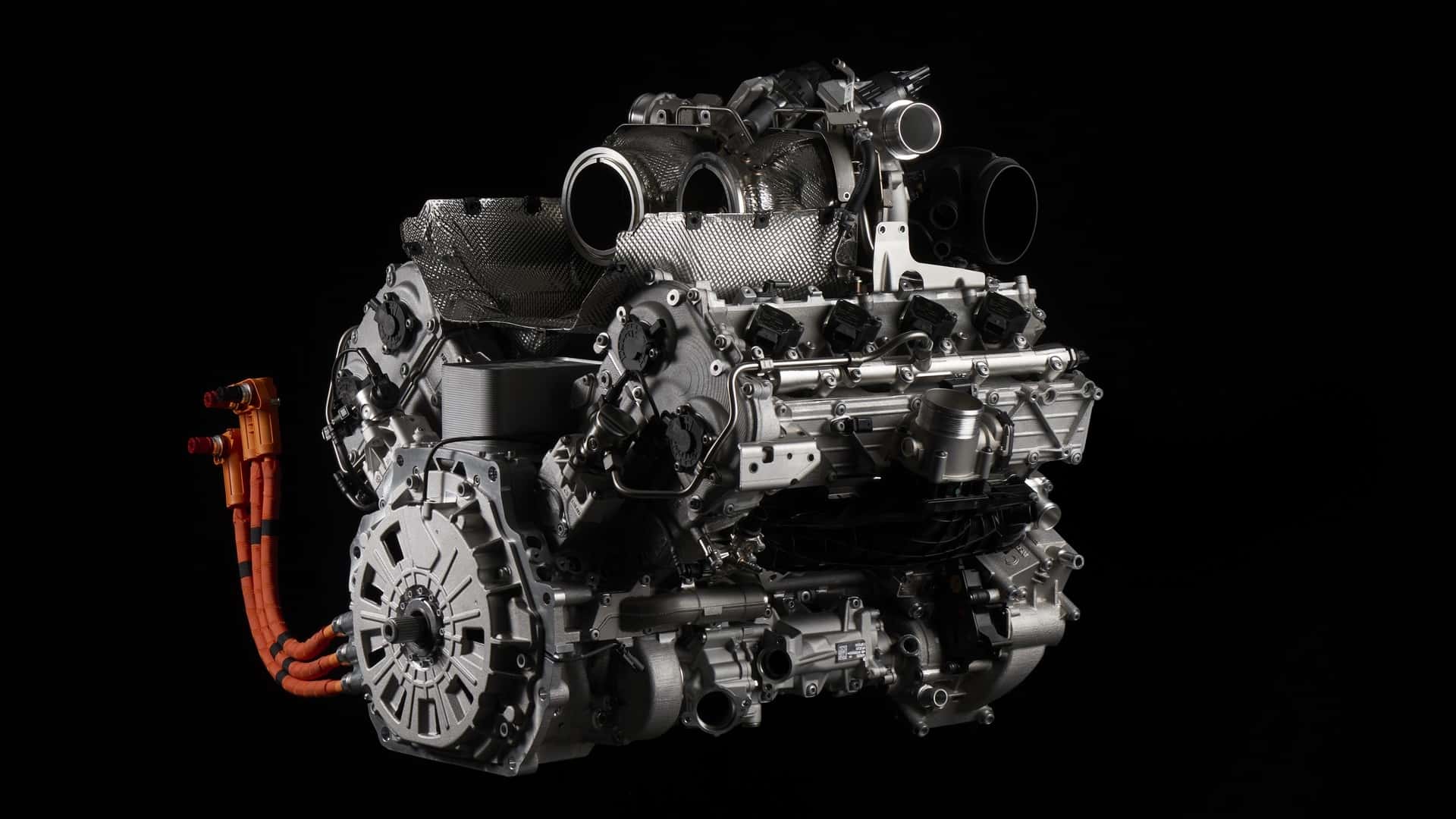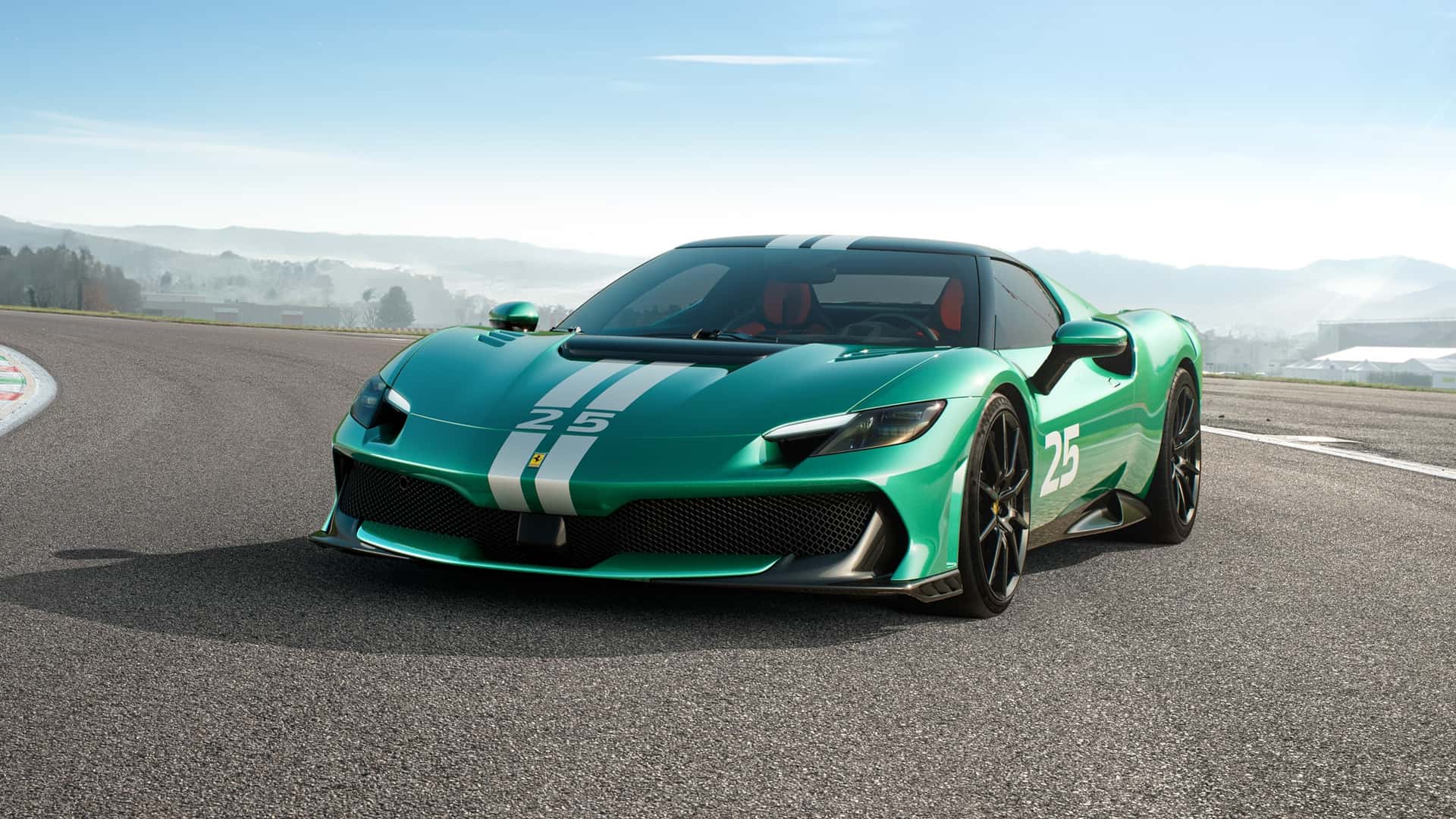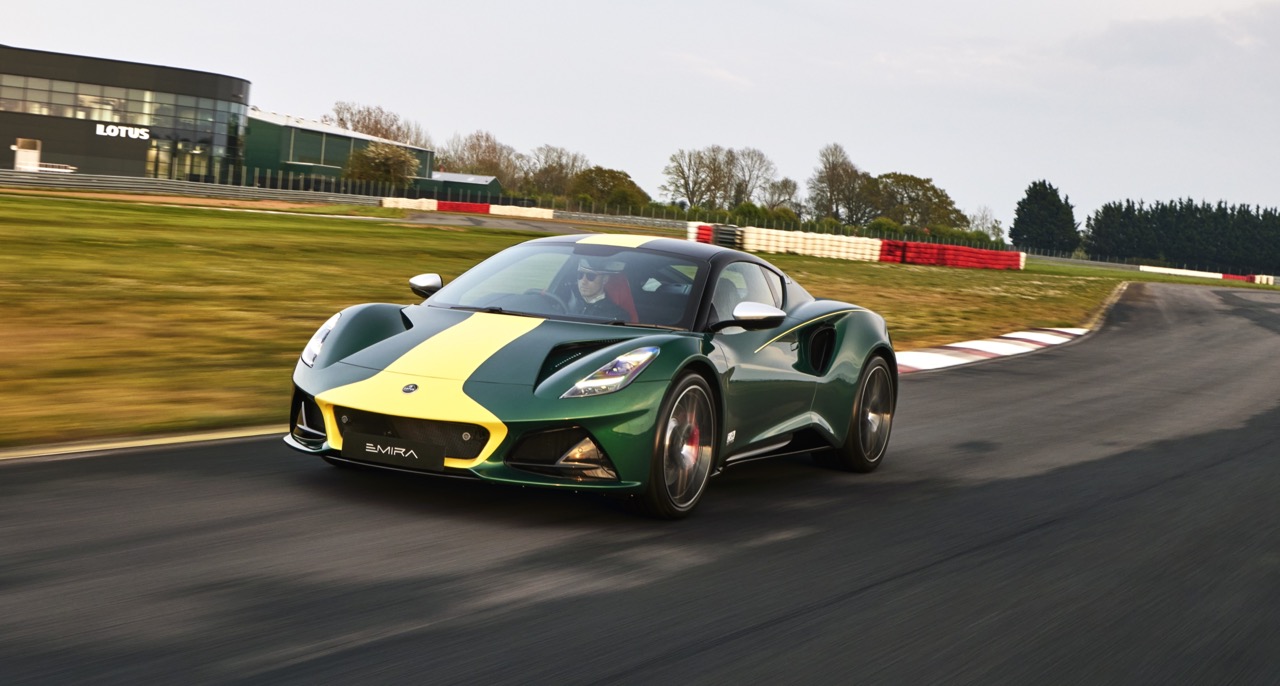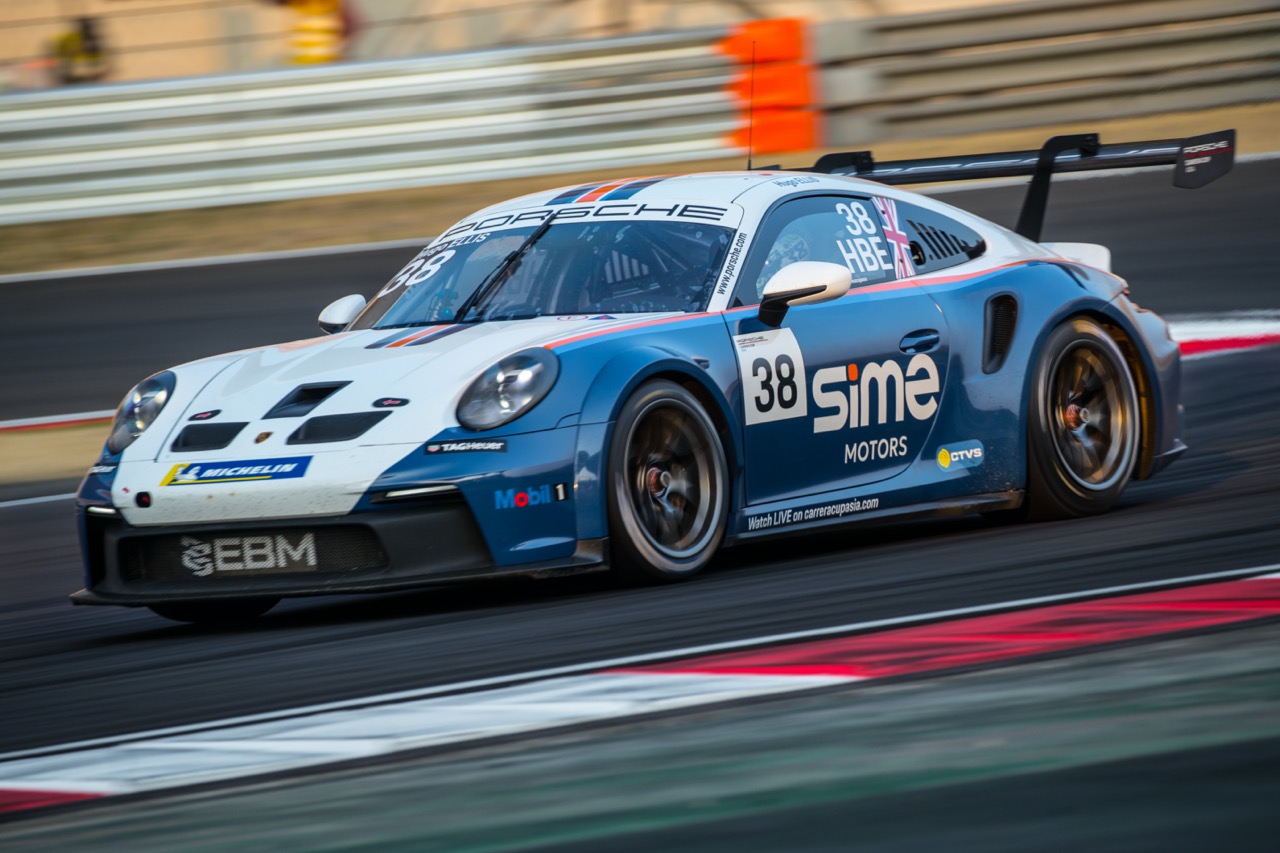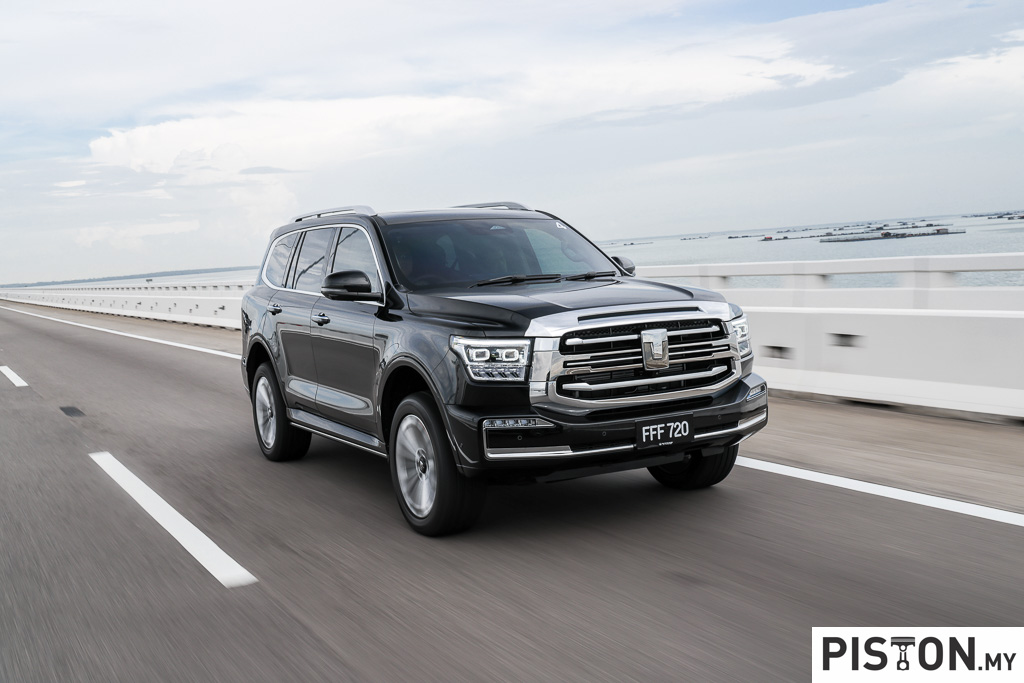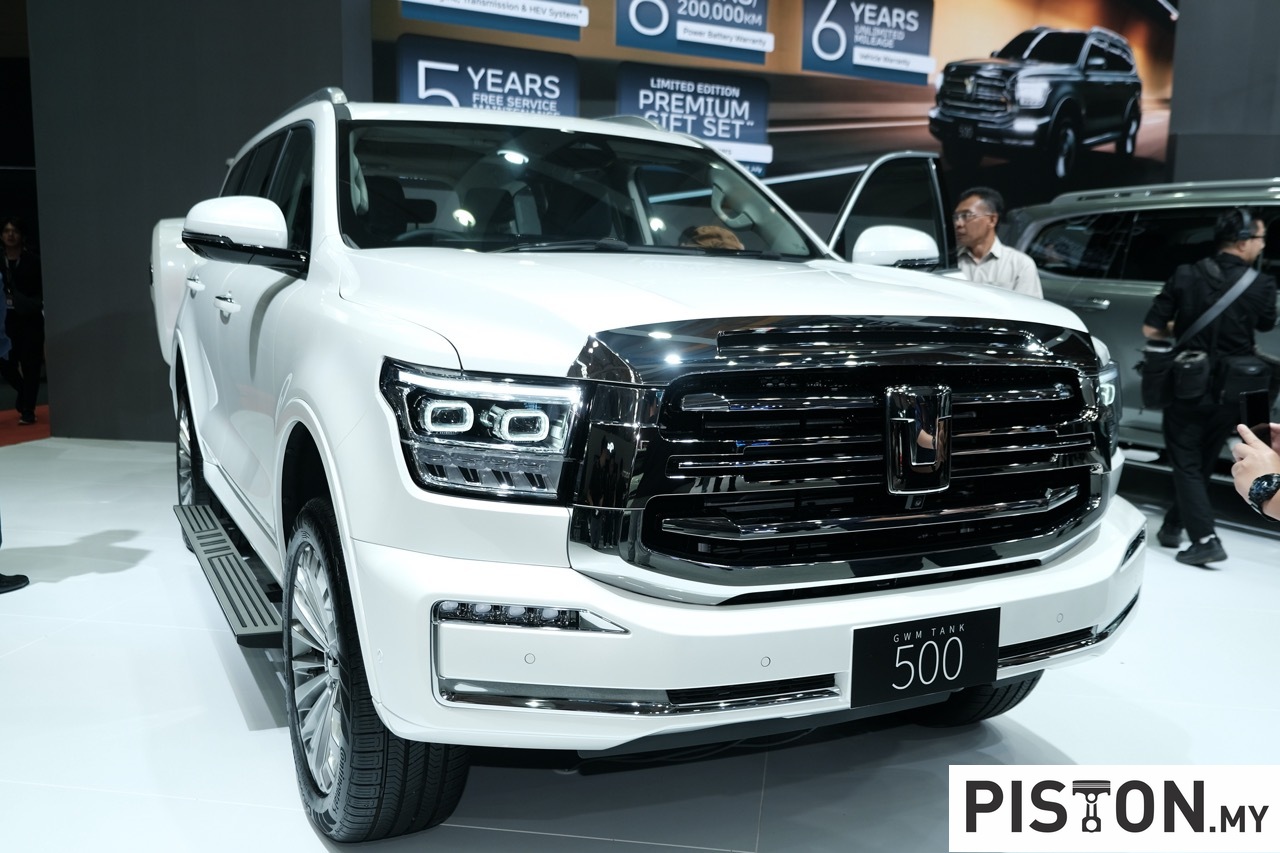Maranello has officially introduced the Ferrari Amalfi, the latest addition to its prestigious line-up and the successor to the Ferrari Roma. This new front-mid-engine V8 2+ coupé reimagines modern sportiness with an emphasis on performance, versatility, and design sophistication, marking a new chapter in Ferrari’s legacy of grand tourers.
The Amalfi is powered by the newest iteration of Ferrari’s acclaimed 3,855 cc twin-turbo V8 from the F154 engine family, a power unit that holds the distinction of being one of the most awarded in recent automotive history. In this latest configuration, the engine produces 631hp at 7,500 rpm, with a redline at 7,600 rpm. This heightened performance is achieved through meticulous tuning, including an advanced turbo management system that independently regulates each turbocharger’s speed, now capable of spinning up to 171,000 rpm.

Precision is further enhanced with dedicated pressure sensors on each cylinder bank and a new engine control unit, shared with other top-tier models such as the 296 GTB, Purosangue, and 12Cilindri.
Power is delivered through an eight-speed dual-clutch oil-bath transmission, originally introduced with the SF90 Stradale. The transmission has been refined for the Amalfi, integrating a more powerful control unit and deeper coordination with the engine, which results in quicker, smoother gear changes.

Performance figures underscore Ferrari’s ambition for the model: 0 to 100km/h in 3.3 seconds, 0 to 200km/h in 9.0 seconds, and a class-leading power-to-weight ratio of 2.29kg/hp. To complement the raw power, the driving dynamics have been significantly improved through a recalibrated steering box, a brake-by-wire system, and the ABS Evo controller. Aerodynamic efficiency is enhanced by an integrated rear active wing, which adjusts to maintain stability and maximise performance across all drive modes.
Engine acoustics were not overlooked. Engineers developed a new silencer layout that complies with stringent global noise regulations while preserving the distinctive Ferrari exhaust note.

Aesthetically, the Ferrari Amalfi takes the design language first introduced with the Roma and evolves it into something more sculptural and assertive. Created under the direction of Flavio Manzoni at the Ferrari Styling Centre, the exterior is built around a sleek, monolithic form with minimal surface interruptions. Angular contours and geometric cuts along the bodywork highlight its dynamic proportions. The front fascia dispenses with a traditional grille, replaced by a floating body-coloured wing that hovers above a dark recess housing sensors and headlamps, while the lower splitter adds to the SUV’s broad and athletic stance.
The rear is equally dramatic, with a pronounced character line that envelops the back of the car, tapering into a clean, compact tail. The tail lights are integrated into sharp graphic cuts, reminiscent of classic Ferraris, and a large functional diffuser underlines the vehicle’s performance credentials. The rear windscreen flows seamlessly into the spoiler, forming a distinct silhouette that reinforces the car’s identity. A debut colour, Verde Costiera—an iridescent teal inspired by the Amalfi coast—emphasises the muscular bodywork and brings a new vibrancy to the line-up.

The Amalfi rides on 20-inch alloy wheels that reflect its assertive stance without compromising comfort. Tyres measure 245/35 R20 at the front and 285/35 R20 at the rear. Both Pirelli P ZERO and Bridgestone Potenza Sport have partnered with Ferrari to develop rubber optimised specifically for the model.
Inside, the dual-cockpit layout offers a driver-focused, yet passenger-conscious experience. The interior is segmented into two distinct zones, visually linked through the dashboard, centre console, and door panels. The design avoids unnecessary ornamentation in favour of a cleaner, contemporary form. Premium materials are used throughout, while technological elements are integrated to preserve a sense of elegance and focus.

A first for Ferrari, the dashboard fuses the instrument panel and air vents into a single block. The floating centre tunnel, machined from a solid aluminium billet, houses the gear selector gate, a wireless charging pad, the ignition key slot, and essential controls. Door grips are concealed within wing-shaped panel sections, and speaker grilles are made from perforated aluminium for a refined touch.
Interior colour options mirror the vehicle’s athletic intent. The show car features a dramatic Verde Bellagio hue, which enhances the dynamic nature of the design. Optional comfort seats are available in three sizes and come equipped with ten inflatable chambers to provide massage functions across five programmes and three intensity levels, along with ventilation for both seat and backrest.

For audiophiles, the optional Burmester® Premium Audio System raises the in-cabin experience. With 14 speakers and 1,200 watts of output, the system delivers pristine sound reproduction. Ring radiator tweeters handle high frequencies, while a choice of three audio presets enables personalisation of the sound environment. The aesthetic integration of the system matches the car’s overall design refinement, combining form and function in equal measure.
The Ferrari Amalfi, through its blend of cutting-edge technology, heritage design language, and versatile performance, represents a contemporary reimagining of the grand tourer. With this launch, Ferrari signals its continued evolution while remaining deeply rooted in the marque’s defining spirit of elegance and performance.



